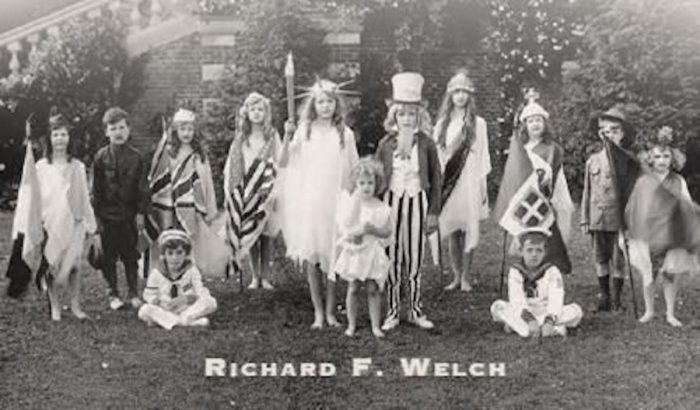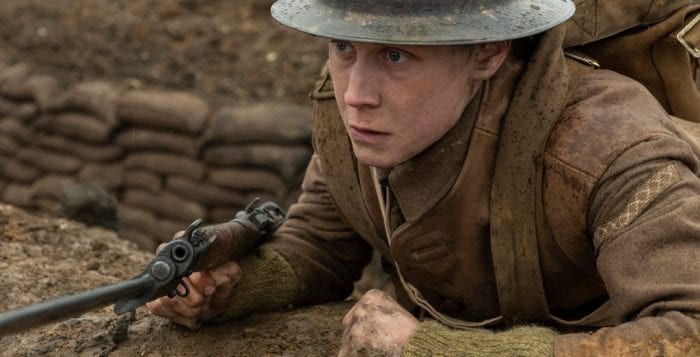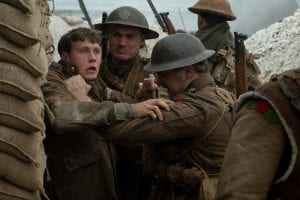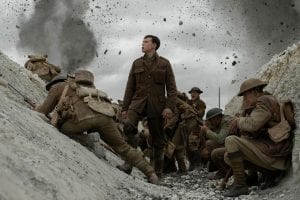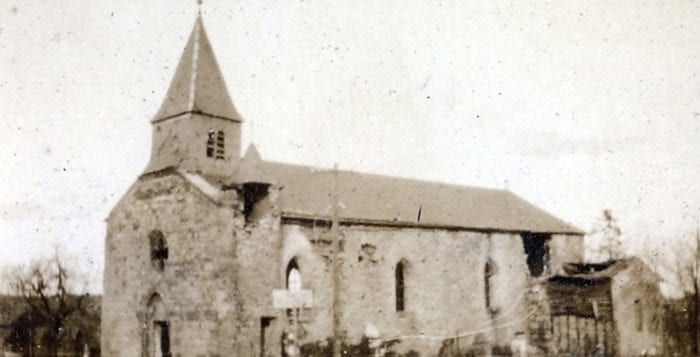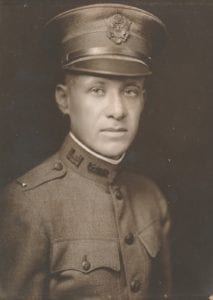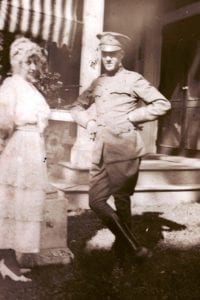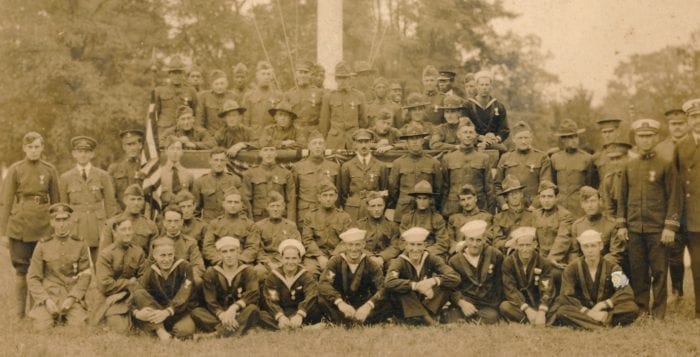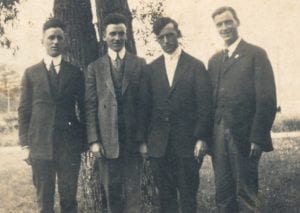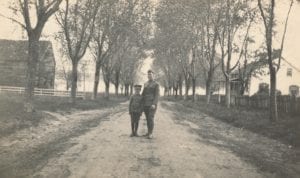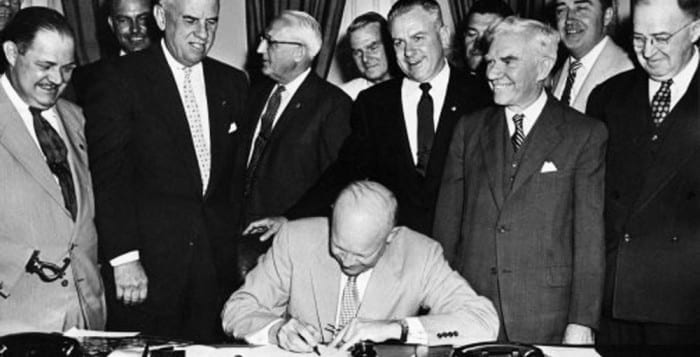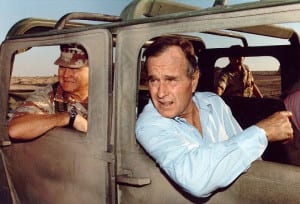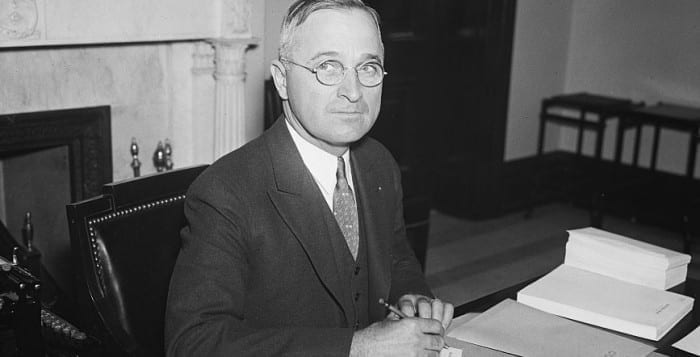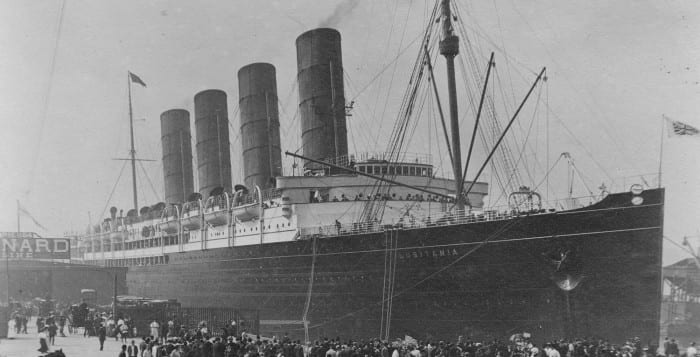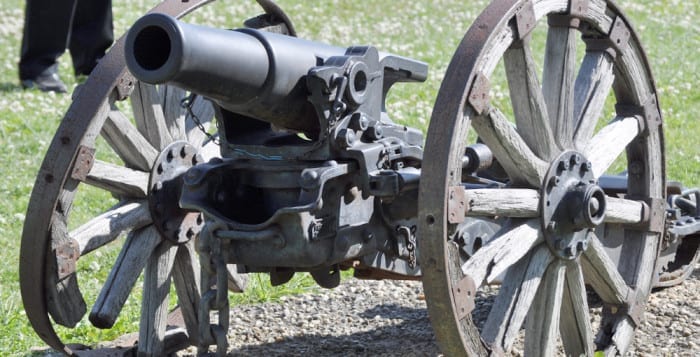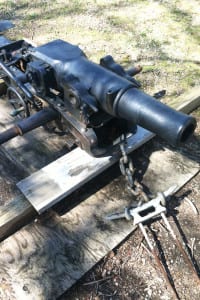By Leah S. Dunaief

Most of my free time this past weekend I spent reading a little book, something of a page-turner, called “Long Island’s Gold Coast Elite and the Great War.” Doesn’t sound like a riveting read unless you like history and want to know more about what happened on the north shore of the Island from Sands Point to Port Jefferson, and its effect on the rest of the country during World War I.
Life here and in the northeast establishment was different then, epitomized by F. Scott Fitzgerald’s Gold Coast. It was a time of Teddy Roosevelt and Woodrow Wilson, a time of JP Morgan and William Vanderbilt, a time of high society that came from prep schools and Ivy League colleges, white-shoe law firms and Wall Street financiers. It was guardedly Anglo-Saxon and Protestant, in which members married each other and lived in over 1000 high-end, architecturally distinguished country homes that boasted large swaths of land and gardens. It featured a privileged existence that ended with the Great Depression, followed by the Second World War.
This highly influential concentration of those with money and power, though not so numerous in population, played an outsized role in nudging the country into WWI, and Richard F. Welch, the author of the well-researched book, tells us how. Why did the prominent residents want the nation to enter the war, and not just enter but to do so decidedly on the side of the Allies?
Welch offers the following reasons.
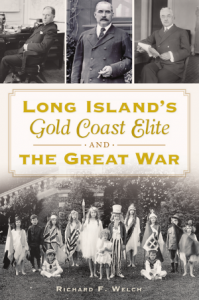
The first was money. Almost immediately after the outbreak of war, in 1914, JP Morgan & Sons was designated by Britain as the United Kingdom’s official agent for procurement in the United States. That meant exporting food, drugs and especially munitions to the U.K. The fact that Britain controlled the sea lanes provided practical encouragement. It got to the point where the bank’s activities interfered with the nation’s official policy of neutrality.
The Morgan bank also spearheaded funding for the Allied war effort that enabled purchases from the United States, despite the fact that the Wilson administration opposed loans for any of the belligerents. The bank evaded these sentiments by labeling loans as “bank credits.” And of course, the Morgan bank received commissions for these services that ultimately netted them $30 million. Wilson was stymied in his attempt at proposing a peace agreement that he calculated would bring the financially strapped Allies to the negotiating table. Only Germany’s unwitting launch of unrestricted submarine warfare on all supply ships, (some carrying passengers), which enflamed America, caused a reversal of the administration’s loans opposition.
Further, “there was an instinctive sense of class and ethnic solidarity—both inbred and learned—which affected virtually all the major players in the New York financial and business world and underlay the calculations in most government decisions,” writes Welch. Many of the men were descended from British stock, perhaps had British spouses and basically absorbed from the same syllabuses an “Eurocentric and assumed imperialism by the white western powers, domestically and internationally, as both normal and positive,” according to Welch. They socialized with each other, lived near each other, worked with each other and saw themselves as the country’s elite, strategically located at the heart of the nation’s economy.
And they saw America’s future, aligned with that of the U.K., as a burgeoning world power. This was certainly being proselytized by Teddy Roosevelt, Henry Cabot Lodge and those around them, “who envisioned America as the new global power—playing Rome to Britain’s Greece.”
And that was well before the phrase “special relationship” was hatched, “the belief that shared language, basic political principles and common international objectives bind the United States and Britain together.”
It’s a fascinating scenario that Welch puts forth, and not being a credentialed historian, I cannot comment on its validity. But I can attest to the social and cultural tone of Manhattan in the 1940s through ‘60s as being faithfully portrayed. It was indeed a different world, of which even as a child, I was aware.

